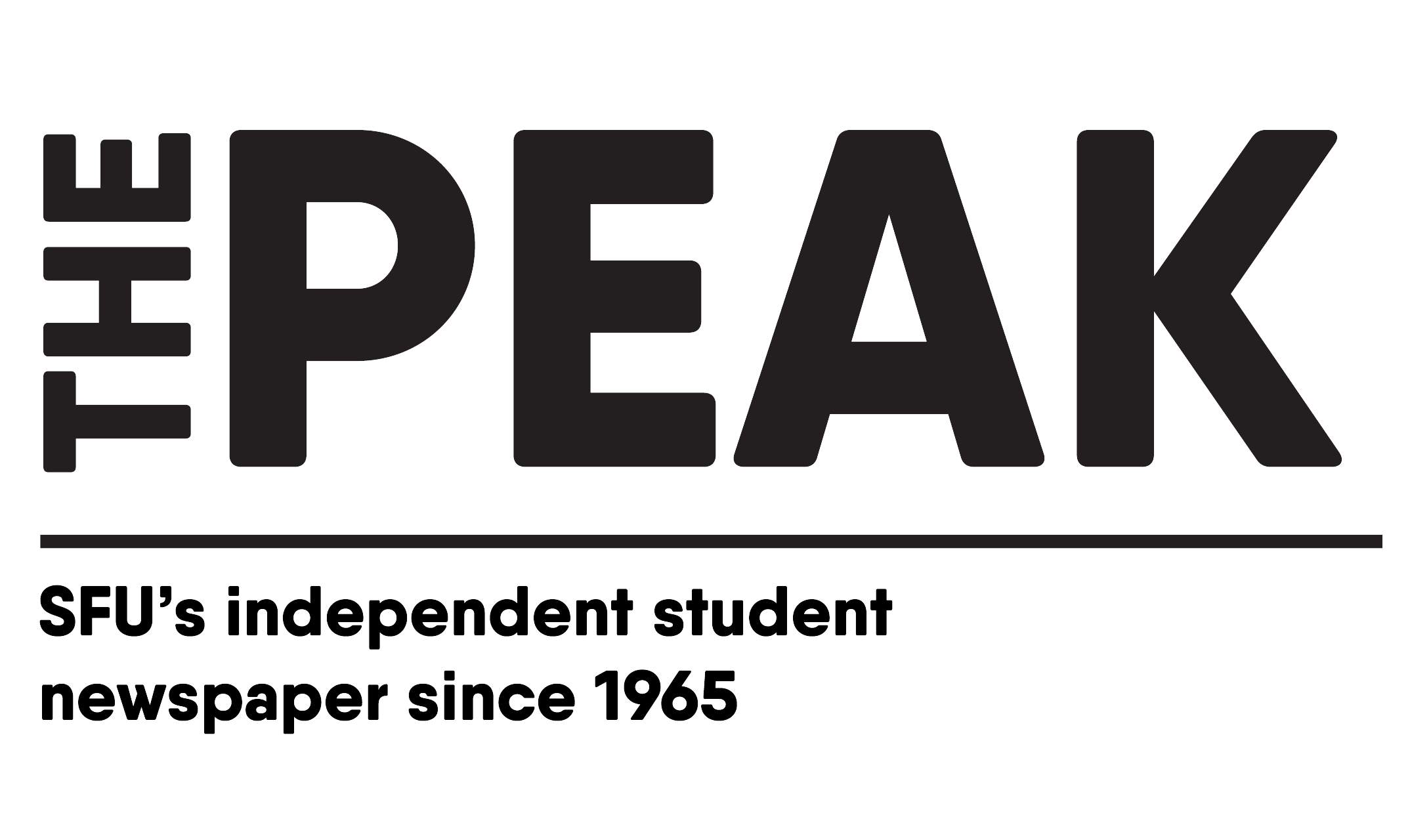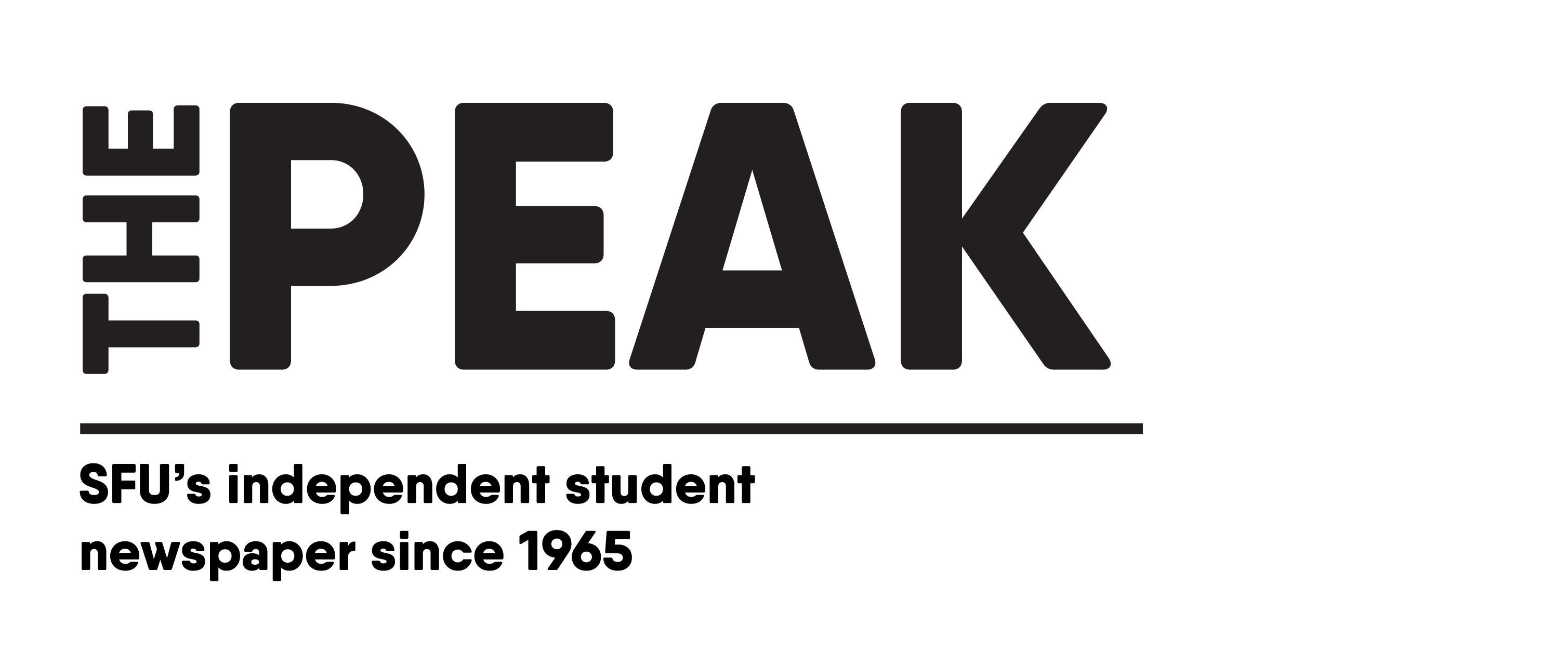By: Meera Eragoda, Editor-in-Chief
A century ago, the balance of who occupied the streets tipped toward pedestrians and non-car users. Then, the booming auto industry led campaigns to criminalize things like jaywalking, pushing pedestrians increasingly onto narrow spaces on the periphery of the road.
We have a taste of what a pedestrian-leaning street feels like now that some streets in residential areas of the City of Vancouver are deemed Slow Streets. These are car-restricted streets made for pedestrians, cyclists, and rollerbladers. But as we’re slowly coming out of the pandemic, the roads are getting busier with cars. While Slow Streets are still around, our past history shows that car supremacy will likely return.
If we want these streets to remain inclusive of more than cars, we should not let them slip through our fingers. A major barrier to having this reimagining of public space stick around is that people don’t know how they’re meant to be used. In the beginning of the pandemic, people were more comfortable walking on the roads, but whenever I’m on a Slow Street now, people tend to default to cars and stay on the sidewalks.
It wasn’t until reading the City’s website where it explicitly states these streets are for “walking, cycling, and rolling [and] make it easier to exercise and access businesses in your local neighbourhood,” that I realized I was still allowed to actually walk on these roads. The City needs a better education campaign to let both car and non-car users know how to use these streets properly and what each party’s rights are.
The information is on their website, sure. But how many people regularly go to their municipality’s website? Meanwhile, because the City takes their recycling campaign seriously, I’ve seen plenty of ads on Instagram of how to recycle properly. If the City is so serious about going green, they should make cities more friendly to methods of transport other than cars. Using social media to educate people on how to make streets inclusive of more than cars is one way.
Another way to de-centre cars (and not through punitive measures like parking fees) is by creating and incentivizing alternative methods of transportation. Vancouver already has quite a decent network of protected bike lanes and designated bike paths off car-busy roads, but these are vastly lacking in cities like Burnaby, that also have green goals. These alternative travel methods should also be accessible with cities making it easy to obtain access to low-cost bikes, rollerblades, and the like.
The City also needs to prioritize more than its privileged members. Throughout this pandemic, while opening up public spaces for recreation and local businesses, it has and continues to wage a war on the unhoused who rely on outdoor spaces for survival. They’ve closed up parks, thrown out belongings, and refused to open up bathrooms. This isn’t just exclusive to the City of Vancouver either; municipalities all over BC have prioritized affluent members and demonized those who need the most support.
Our use of the streets is political. Cities, like everything else, have been designed by and for able-bodied cis white men. Taking up public space is difficult for anyone who’s not an able-bodied cis white man, and it becomes particularly dangerous for Black and Indigenous people, especially those who face compounding oppressions. Our infrastructure needs to change, not only to de-centre cars and implement more than recreational spaces for privileged people, but to provide safe spaces for those who need it and involve communities in public space decisions. They need to take issues like Indigenous rights to the land, ableism, racism, and classism (just to name a few) seriously.
The pandemic has shown us there are creative, safe ways to use streets that don’t just centre cars. When we look back at this time, hopefully we won’t have to remember the reign of pedestrians and cyclists as fleeting. And in the future, hopefully we’ll also see a more equitable design of space that does more than prioritize the recreation of the already privileged.




